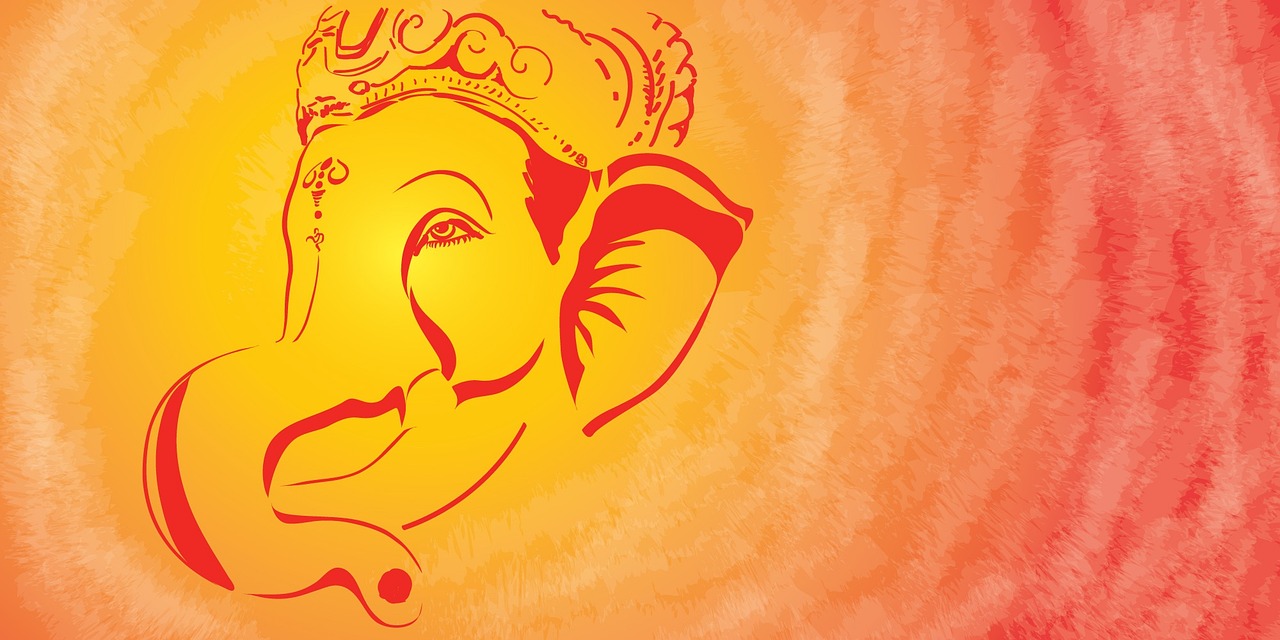In Vedic science, the concept of karma is central to understanding the cycles of life, death, and rebirth. Karma, often translated as “action” or “deed,” refers to the law of cause and effect that governs the universe. Every action, thought, and intention generates karma, influencing our present and future experiences. According to Vedic teachings, karma can be classified into four types, each playing a distinct role in shaping our lives and spiritual journey.
-
Sanchita Karma (Accumulated Karma)
Sanchita karma represents the accumulated karmic impressions from all of our past lives. It is the vast storehouse of actions, both good and bad, that have yet to bear fruit. This karma is like a bank account where all our past deeds are stored. While we carry this karmic baggage, not all of it is active at any given time. Instead, a portion of Sanchita karma is selected to influence our current lifetime. -
Prarabdha Karma (Fruit-Bearing Karma)
Prarabdha karma is the portion of Sanchita karma that has begun to bear fruit in the current lifetime. It is the karma that is responsible for the circumstances we face in this life, including our physical body, environment, and significant life events. Prarabdha karma cannot be altered or avoided, as it is already in motion. It must be experienced and exhausted through the course of our lives, much like an arrow that has already been shot and is on its way to the target. -
Kriyamana Karma (Present Karma)
Kriyamana karma, also known as Agami karma, refers to the actions we are currently performing in this lifetime. It is the karma we create in the present moment through our thoughts, words, and deeds. This type of karma has the potential to influence our future lives, as well as contribute to our current life’s experiences. Since it is ongoing, Kriyamana karma offers us the opportunity to consciously shape our destiny by choosing actions that align with Dharma (righteousness). -
Aagami Karma (Future Karma)
Aagami karma is the future karma that will result from the actions we are performing in the present. It is the karma that has not yet manifested but is set in motion by our current deeds. Aagami karma can add to the store of Sanchita karma or influence our next incarnation. It underscores the importance of living mindfully, as our present actions directly impact our future experiences, either in this life or the next.
Together, these four types of karma—Sanchita, Prarabdha, Kriyamana, and Aagami—provide a comprehensive understanding of how our actions shape our lives across time. By recognizing the interplay of these karmas, we can cultivate greater awareness and take responsibility for our actions, ultimately progressing on the path to liberation (Moksha). Vedic science teaches that while some aspects of our karma are beyond our control, we always have the power to influence our present and future through conscious, righteous living.


